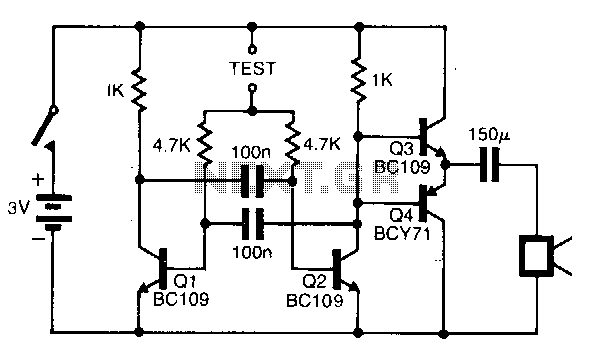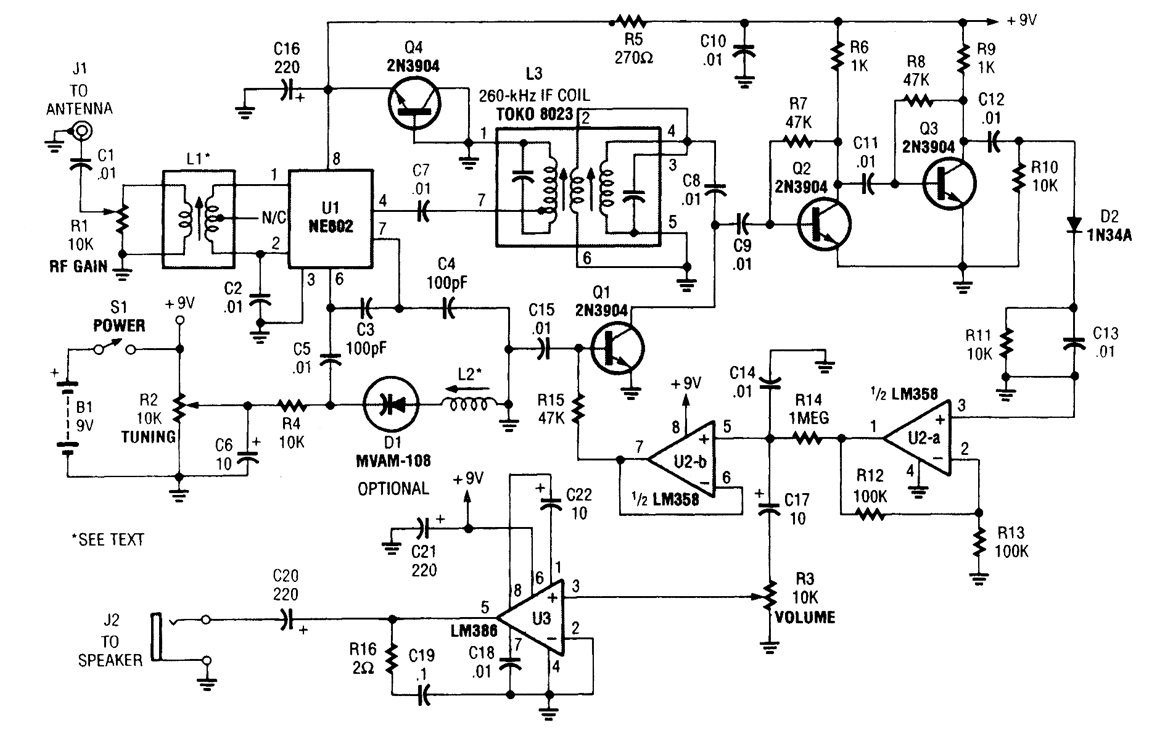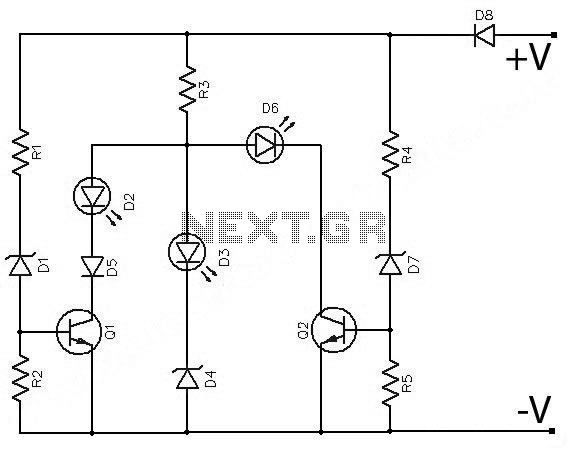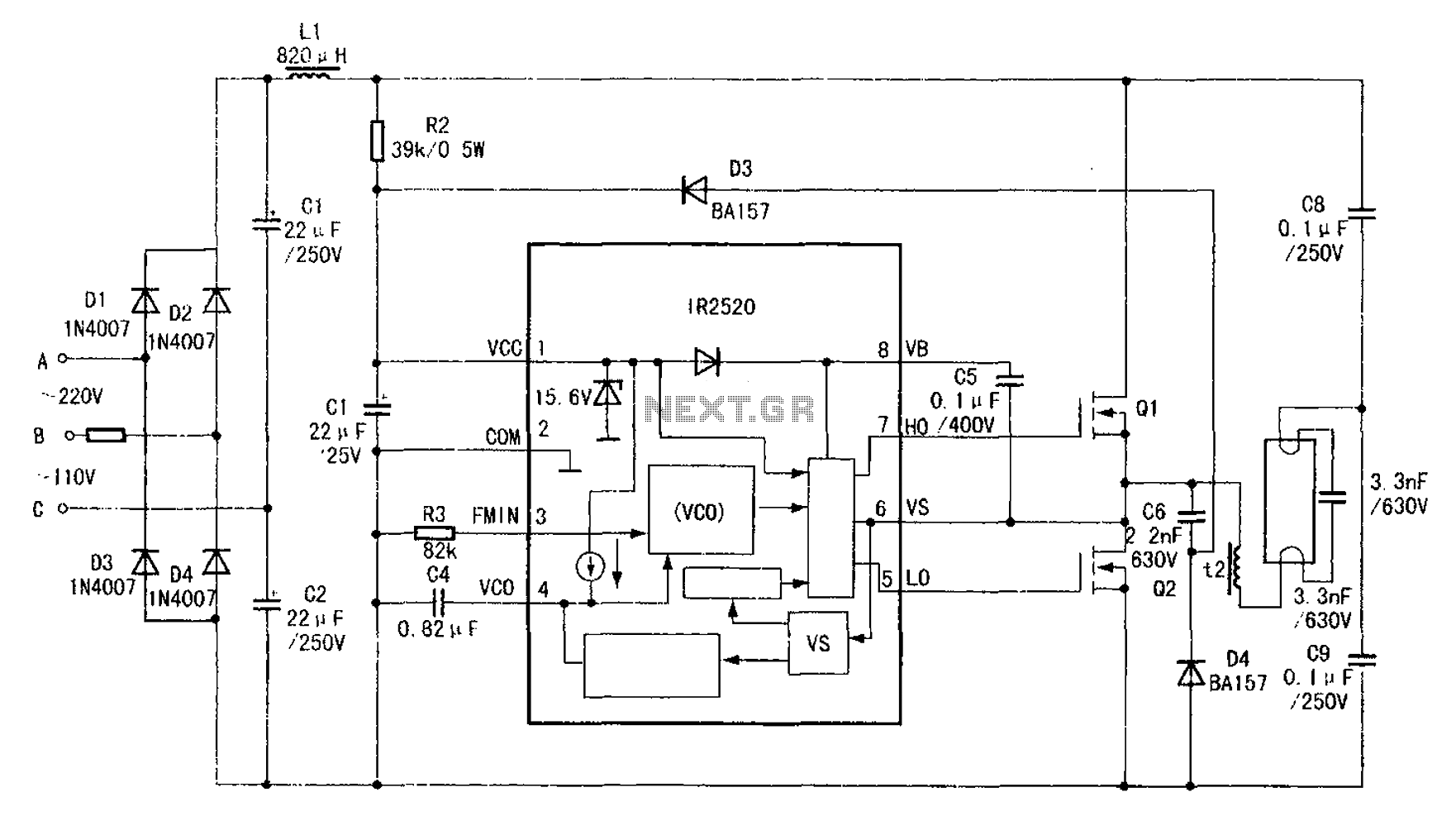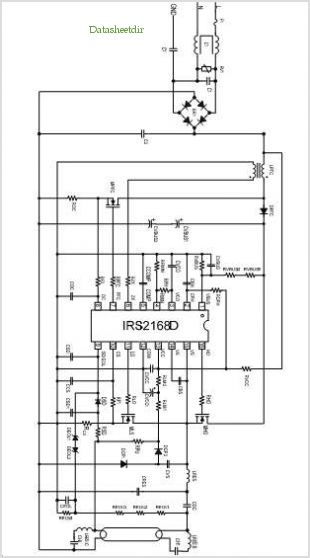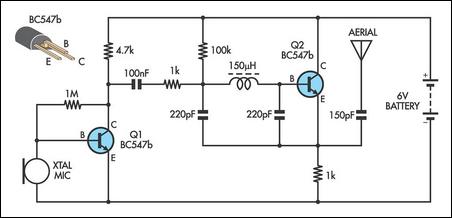
simple yet versatile dimming ballast solution
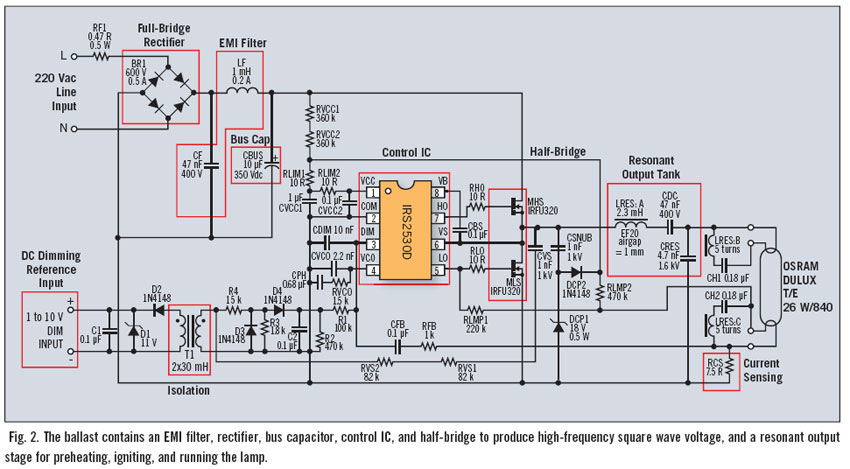
Fluorescent dimming systems can enhance visual comfort and lower utility costs through strategies such as daylight harvesting, demand reduction, and scheduled dimming. A dimming electronic ballast plays a crucial role in this system. To execute dimming functions, the ballast must be designed to interpret an input signal from the control device and adjust the current flowing through the lamp accordingly.
Fluorescent dimming systems are essential in modern lighting applications, enabling users to optimize energy consumption and improve the quality of light in various environments. These systems utilize advanced electronic ballasts that are capable of adjusting the brightness of fluorescent lamps based on specific control signals.
The electronic ballast operates by receiving input from a control device, which may include sensors for daylight harvesting or timers for scheduled dimming. This input signal is processed by the ballast's internal circuitry, which modulates the electrical current supplied to the fluorescent lamp. The modulation can be achieved through techniques such as pulse-width modulation (PWM) or analog dimming, allowing for smooth transitions between different brightness levels.
In addition to enhancing visual comfort, these systems contribute to energy efficiency by reducing the overall power consumption of lighting installations. By integrating daylight harvesting, the system can automatically adjust the lamp's brightness in response to the amount of natural light present, further decreasing energy costs. Demand reduction strategies can also be implemented to lower energy usage during peak demand periods, providing both economic and environmental benefits.
The design of a dimming electronic ballast must consider various factors, including compatibility with different types of fluorescent lamps, the range of dimming levels required, and the response time to control signals. Proper thermal management and protection features are also critical to ensure reliable operation over extended periods. Overall, fluorescent dimming systems represent a sophisticated approach to lighting that balances performance, efficiency, and user comfort.Fluorescent dimming systems can satisfy visual comfort, and reduce utility costs through daylight harvesting, demand reduction, scheduled dimming, and other strategies. A dimming electronic ballast is an essential part of this system. To perform dimming functions, the ballast must be configured to understand an input signal from the control device, and act upon the current flowing through the lamp..
🔗 External reference
Fluorescent dimming systems are essential in modern lighting applications, enabling users to optimize energy consumption and improve the quality of light in various environments. These systems utilize advanced electronic ballasts that are capable of adjusting the brightness of fluorescent lamps based on specific control signals.
The electronic ballast operates by receiving input from a control device, which may include sensors for daylight harvesting or timers for scheduled dimming. This input signal is processed by the ballast's internal circuitry, which modulates the electrical current supplied to the fluorescent lamp. The modulation can be achieved through techniques such as pulse-width modulation (PWM) or analog dimming, allowing for smooth transitions between different brightness levels.
In addition to enhancing visual comfort, these systems contribute to energy efficiency by reducing the overall power consumption of lighting installations. By integrating daylight harvesting, the system can automatically adjust the lamp's brightness in response to the amount of natural light present, further decreasing energy costs. Demand reduction strategies can also be implemented to lower energy usage during peak demand periods, providing both economic and environmental benefits.
The design of a dimming electronic ballast must consider various factors, including compatibility with different types of fluorescent lamps, the range of dimming levels required, and the response time to control signals. Proper thermal management and protection features are also critical to ensure reliable operation over extended periods. Overall, fluorescent dimming systems represent a sophisticated approach to lighting that balances performance, efficiency, and user comfort.Fluorescent dimming systems can satisfy visual comfort, and reduce utility costs through daylight harvesting, demand reduction, scheduled dimming, and other strategies. A dimming electronic ballast is an essential part of this system. To perform dimming functions, the ballast must be configured to understand an input signal from the control device, and act upon the current flowing through the lamp..
🔗 External reference
